Table of Contents
Welcome to our comprehensive guide to growing tomatoes in hydroponics! As our world grapples with the challenge of producing more food with fewer resources, hydroponics has emerged as a sustainable and efficient solution. Among the various crops that can be grown hydroponically, tomatoes are a popular choice due to their high yield, quality, and nutritional value.
This blog post will walk you through everything you need to know about hydroponic tomato cultivation – from understanding hydroponics, the advantages of growing tomatoes this way, getting started with your hydroponic system, managing nutrient solutions, ensuring optimal environmental conditions, to pruning, harvesting, and dealing with common problems. You will also gain insights into the sustainability of hydroponic tomato farming and inspiring success stories.
Whether you are an experienced grower looking to switch to hydroponics or a novice excited to start your journey, this guide has something for everyone. So let’s dive right in!
Understanding Hydroponics
Hydroponics is an advanced farming method that surpasses the limits imposed by conventional soil-based cultivation, opening new horizons for agriculture.
Definition of Hydroponics
Hydroponics is a soilless farming method where plants are grown in a nutrient-rich solution. This technique allows the plants to receive a balanced supply of essential nutrients directly from the solution, enabling them to concentrate more energy on growth instead of searching for nutrients in the soil.
Types of Hydroponic Systems
There are numerous types of hydroponic systems, each having its unique working principle and advantages:
- Deep Water Culture (DWC): In DWC, plants are suspended in a nutrient solution with their roots immersed in the solution. An air pump is used to provide oxygen to the roots.
- Nutrient Film Technique (NFT): This technique involves flowing a thin film of nutrient solution over the roots of plants suspended in a sloping trough. The solution is recirculated continuously, providing nutrients and oxygen to the roots.
- Ebb & Flow (Flood and Drain): This system floods the grow tray with nutrient solution at specific intervals and then drains it back, allowing the plants to take up the nutrients and oxygen.
- Aeroponics: In an aeroponic system, plant roots are suspended in the air and misted with nutrient solution. This system provides high oxygen levels, promoting fast growth.
- Drip Systems: These involve the slow feeding of nutrient solution to the medium in which the plants are growing. Excess solution is collected and reused.
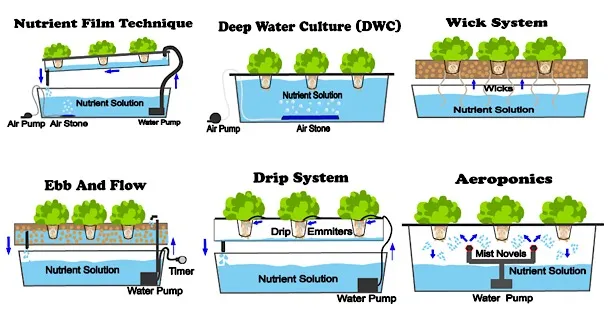
Benefits of Hydroponic Farming
Here are some significant benefits of hydroponic farming:
- Increased crop yield and faster growth due to the efficient delivery of nutrients directly to plant roots
- Reduced water usage as the nutrient solution is recycled
- No soil erosion or nutrient leaching
- Less space requirement and flexible location options
- Lower risk of soil-borne diseases and pests
- Year-round production regardless of outdoor weather conditions
Challenges associated with Hydroponic farming
While hydroponics offers immense benefits, it also comes with a few challenges:
- High initial setup cost
- Requires constant monitoring and management
- Dependence on electricity
- Potential for catastrophic system failures
Why Grow Tomatoes Hydroponically?
Tomatoes are one of the most popular crops to grow hydroponically due to their adaptability and high yield potential.
Benefits of growing tomatoes hydroponically
Here’s why growing tomatoes hydroponically is advantageous:
- Increased Yield: Hydroponic tomatoes can produce up to ten times the yield of soil-grown crops due to the optimal nutrient supply and controlled environmental conditions.
- Faster Growth: Hydroponic tomatoes grow faster because the plants do not have to waste energy developing extensive root systems to search for nutrients.
- Better Taste and Quality: With controlled nutrient delivery, hydroponic tomatoes can be more nutrient-dense and flavorful compared to traditionally grown tomatoes.
- Year-Round Production: Hydroponic systems are typically housed indoors or in greenhouses, allowing for year-round production regardless of the season.
Comparison with traditional soil-based cultivation
Compared to traditional soil-based cultivation, hydroponically grown tomatoes offer several advantages:
- Soil-Less: No soil means no soil-borne diseases, weeds, or pests, reducing the need for chemical pesticides and herbicides.
- Water-Efficient: Hydroponics uses up to 90% less water as the water is recirculated in the system.
- Space-Efficient: Hydroponic systems can be stacked vertically, making it a perfect choice for urban farming where space is limited.
- Controlled Environment: You can control all environmental factors like light, temperature, and humidity, ensuring optimal growth conditions.
Nutritional value of hydroponically grown tomatoes
Hydroponic tomatoes are often richer in vitamins and antioxidants, like Vitamin C and lycopene, due to their controlled nutrient management.
Getting Started with Hydroponics for Tomatoes
Here’s a step-by-step guide to get you started with hydroponic tomato cultivation:
Selecting the appropriate Hydroponic System for Tomatoes
Choosing the right system is crucial. While tomatoes can grow well in most systems, DWC and Ebb & Flow systems are commonly preferred for their simplicity, efficiency, and scalability.
Essential Equipment Needed for Hydroponic Tomato Cultivation
The following equipment is necessary for a successful hydroponic tomato operation:
- Hydroponic System: Select a system that suits your space, budget, and cultivation goals.
- Grow Lights: Artificial grow lights are essential if sufficient natural light is not available.
- Nutrient Solution: A well-balanced hydroponic nutrient solution is crucial for the growth and health of your plants.
- pH and EC Meter: Regularly testing the pH and EC (Electrical Conductivity) of your nutrient solution helps maintain optimal growing conditions.
- Air and Water Pumps: Air pumps keep the nutrient solution oxygenated while water pumps circulate the solution in certain systems.
- Timers: Timers control light exposure and watering schedules, automating most of your daily tasks.
- Temperature and Humidity Gauge: A gauge will help you monitor and adjust the environmental conditions inside your grow area.
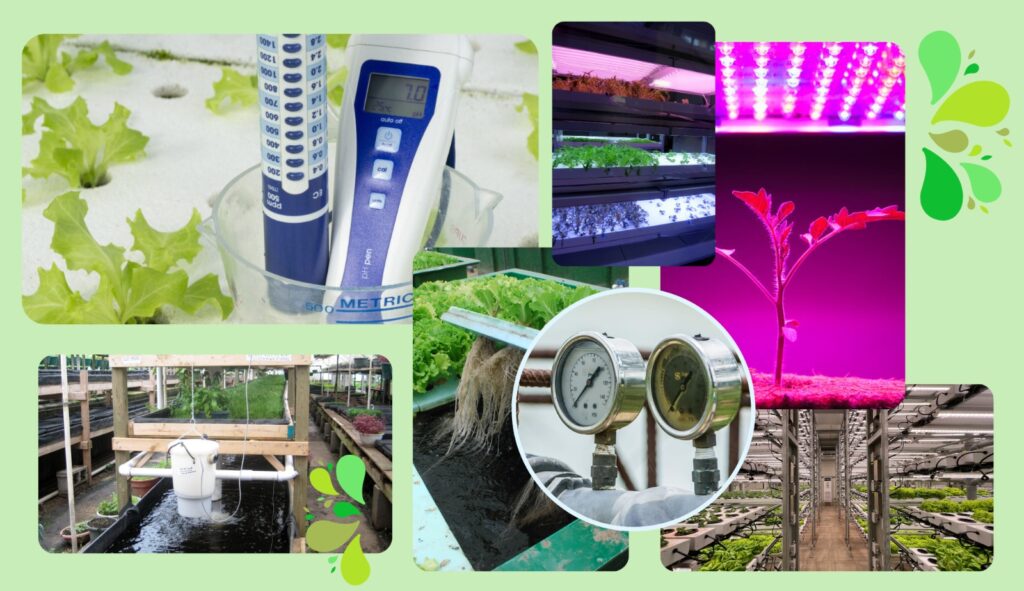
Choosing the Right Variety of Tomato Seeds
Some tomato varieties are better suited for hydroponic cultivation than others. Here are a few popular choices:
- Cherry Tomatoes: These small, sweet tomatoes grow well in hydroponic systems and are excellent for salads or snacking.
- Beefsteak Tomatoes: These are large tomatoes, perfect for sandwiches and burgers. They require a bit more care than cherry tomatoes.
- Roma Tomatoes: These are great for sauces and pastes due to their dense and flavorful flesh.
Preparing Seeds for Hydroponic System
Properly preparing and germinating your seeds can significantly affect your overall yield and plant health. Here’s a quick guide:
- Soak the Seeds: Soak your seeds in water for 12-24 hours to kickstart the germination process.
- Germinate the Seeds: Transfer the seeds to a suitable germination medium like rockwool cubes or peat moss. Keep them moist and in a warm, dark place.
- Transfer to the Hydroponic System: Once the seedlings have developed a couple of true leaves, they can be carefully transplanted into your hydroponic system.
Planting the Seeds
Plant the seedlings in the growing medium of your hydroponic system, ensuring the roots are adequately covered. Maintain the proper spacing between the plants to prevent overcrowding and ensure ample light and air circulation.
Nutrient Solution Management
One of the key aspects of hydroponic farming is nutrient solution management. Here’s a closer look at its importance and how to manage it effectively:
Importance of Nutrient Solution in Hydroponics
In hydroponics, the nutrient solution is the sole source of essential elements that plants usually derive from the soil. A well-balanced nutrient solution is crucial for healthy plant growth, high yields, and quality produce.
The Right Composition of Nutrient Solution for Tomatoes
A nutrient solution for hydroponic tomatoes typically contains essential macronutrients and micronutrients, including Nitrogen (N), Phosphorus (P), Potassium (K), Calcium (Ca), Magnesium (Mg), Sulfur (S), Iron (Fe), Manganese (Mn), Copper (Cu), Zinc (Zn), Molybdate (Mo), and Boron (B).
- Macronutrients: Nitrogen is crucial for leaf and stem growth, Phosphorus for root development and flowering, and Potassium for overall plant health and fruit development.
- Calcium and Magnesium: These elements are essential for cell wall development and photosynthesis, respectively.
- Micronutrients: These are required in smaller quantities but are equally vital for plant growth and fruit development.
How to Monitor and Adjust Nutrient Levels
The key to maintaining a healthy nutrient solution is regular monitoring and adjustments. Here’s how you can do it:
- Monitoring: Regularly check the pH and EC (Electrical Conductivity) of your solution using a digital meter. A pH of 5.8-6.3 and EC of 2.0-3.0 dS/m is generally considered optimal for tomatoes.
- Adjusting pH: If the pH is out of the ideal range, use pH adjusters to bring it back.
- Adjusting Nutrient Concentration: If EC is too high, dilute the solution with water. If too low, add more nutrients.
- Changing the Solution: Replace your nutrient solution every 2-3 weeks to prevent nutrient imbalances and build-up of harmful substances.
Optimal Environmental Conditions for Tomato Growth
Just like any other crop, tomatoes thrive best under specific environmental conditions. Here’s what you need to know:
Light requirements
Tomatoes are sun-loving plants and require at least 10-12 hours of light per day for optimal growth. In a hydroponic setup, this can be provided by full-spectrum grow lights.
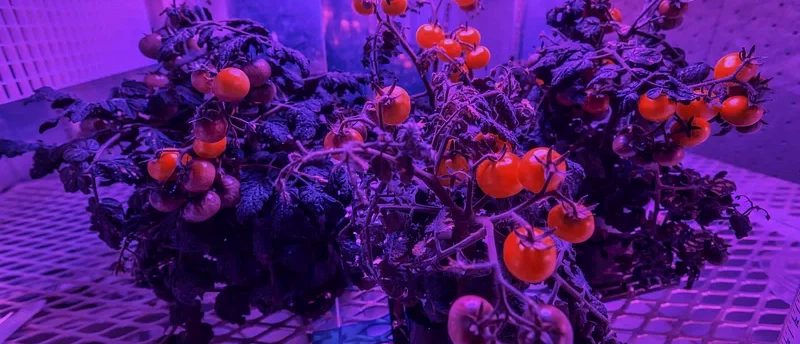
Temperature requirements
The ideal temperature for tomato growth is between 18°C (65°F) and 24°C (75°F). While they can tolerate a wider range, keeping the temperature within this range will promote faster growth and higher yields.
Humidity requirements
Tomatoes prefer a relative humidity of 40-70%. Too high humidity can lead to fungal diseases, while too low can cause the plants to transpire excessively, leading to nutrient imbalances.
pH requirements
The optimal pH range for hydroponic tomatoes is 5.8 to 6.3. Maintaining the pH within this range ensures that all the nutrients in the solution are available for uptake by the plant roots.
Root aeration needs
Root aeration is crucial for delivering oxygen to the plant roots, a critical element for their growth and nutrient uptake. Ensure your hydroponic system allows for sufficient aeration. In DWC, this can be achieved using air stones and air pumps.
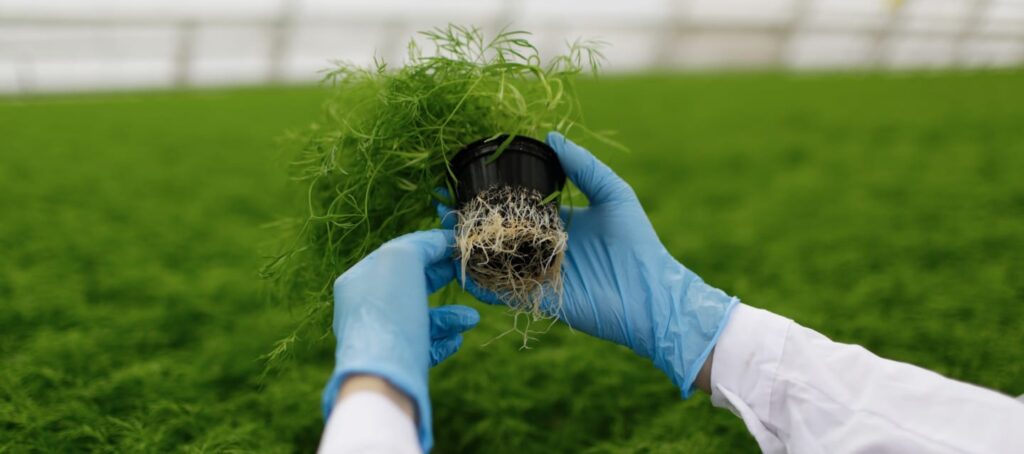
Managing these environmental factors will ensure your hydroponic tomatoes grow healthy and bear abundant, high-quality fruits. Remember, regular monitoring and adjustments are the keys to successful hydroponic farming.
Growth, Pruning, and Harvesting
Maintaining the lifecycle of your hydroponic tomato plants involves proper growth monitoring, strategic pruning, and timed harvesting.
Monitoring plant growth
Keep a close eye on the health and growth of your plants. Look for signs of robust growth such as:
- Steady increase in plant height
- Healthy green leaves
- Abundant root growth
- Presence of flowers and fruit set
Pruning strategies for maximum yield
Pruning is a crucial practice in tomato cultivation, especially for indeterminate varieties. It helps improve air circulation, and sunlight penetration and focuses the plant’s energy on fruit production. Here are some tips:
- Sucker Pruning: Regularly prune the suckers (small shoots emerging from the leaf axils). However, don’t remove all suckers as some may turn into productive branches.
- Leaf Pruning: Remove lower leaves that touch the ground or show signs of disease.
- Top Pruning: Trim the top of the plant once it has reached the desired height.
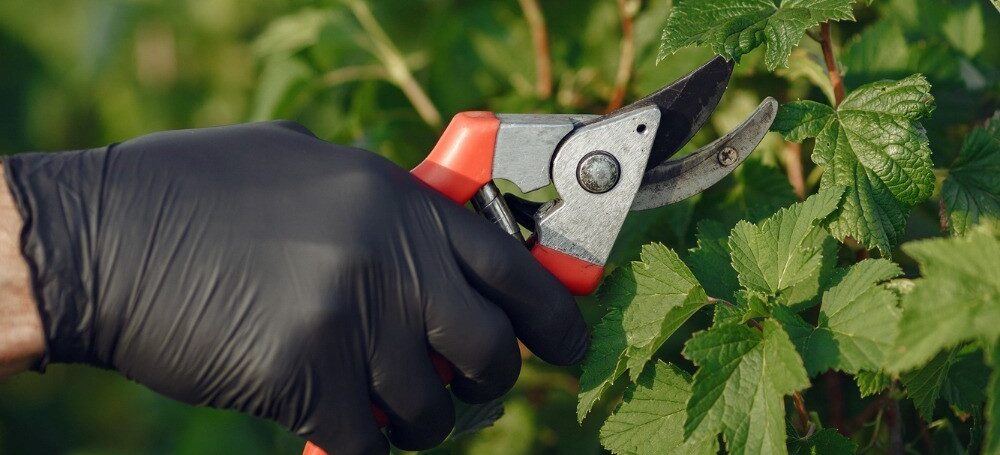
When to harvest hydroponic tomatoes
Tomatoes are usually ready for harvest when they achieve their characteristic color (red for most varieties). A slight yield to gentle pressure indicates ripeness.
Harvesting Techniques
Harvesting tomatoes is easy:
- Hold the ripe fruit gently and twist it until the stem breaks away.
- Avoid pulling the fruit as it can damage the plant.
- Regularly harvest ripe tomatoes to encourage more fruit production.
Common Problems in Hydroponic Tomato Cultivation
Despite the controlled environment of hydroponics, several issues can emerge. Here’s how to identify and deal with them:
Identification of common diseases and pests
Tomatoes can be susceptible to diseases like leaf mold, botrytis, and verticillium wilt, and pests such as aphids, whiteflies, and spider mites. Regular inspection and early detection are key to managing these threats.
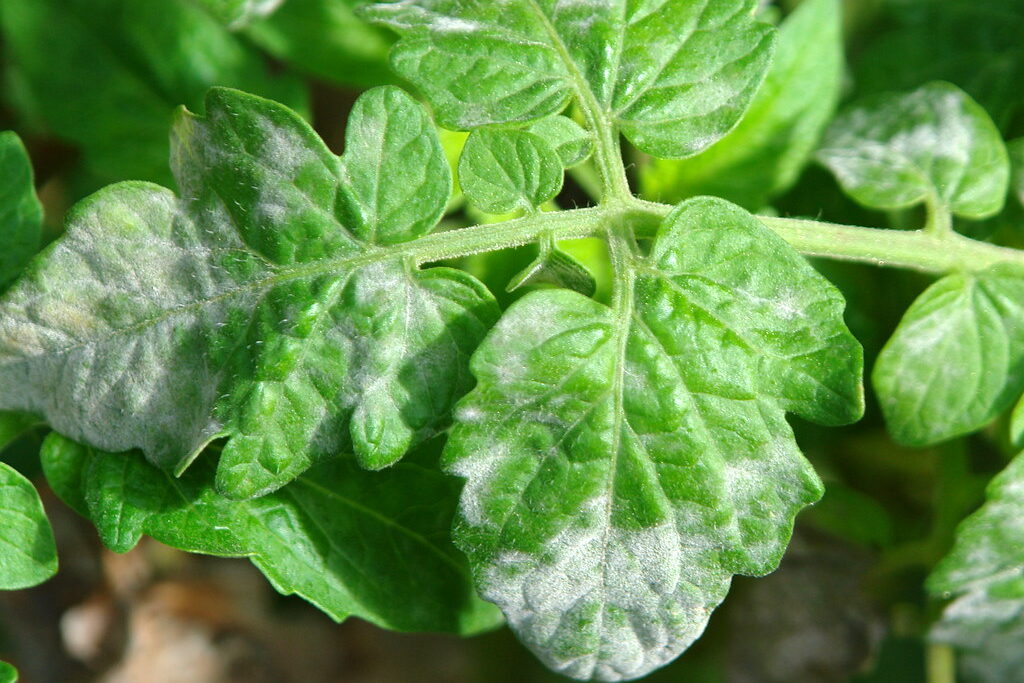
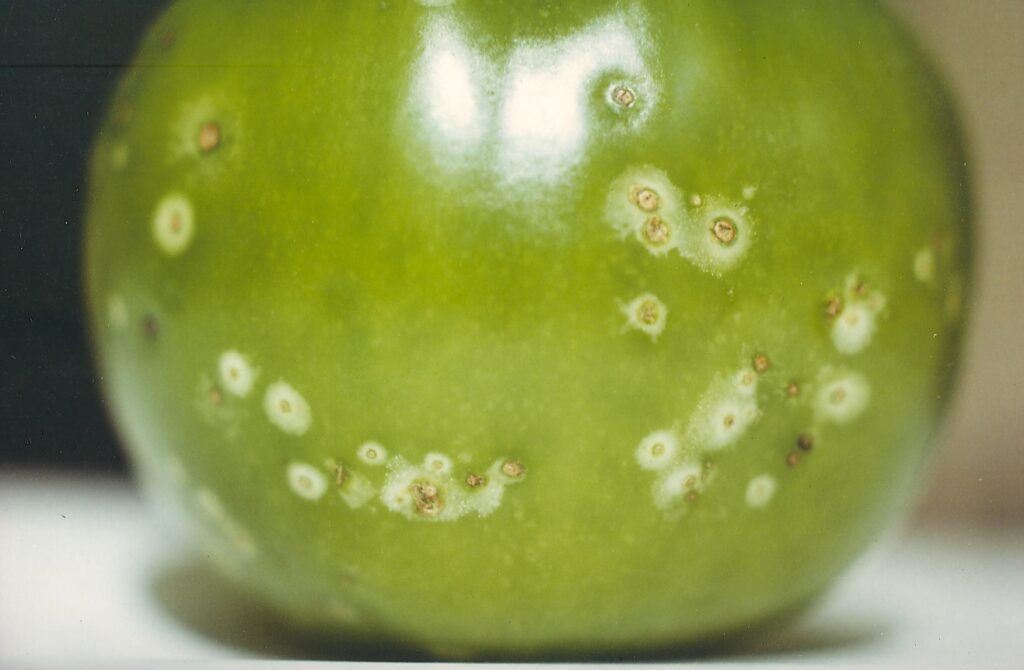
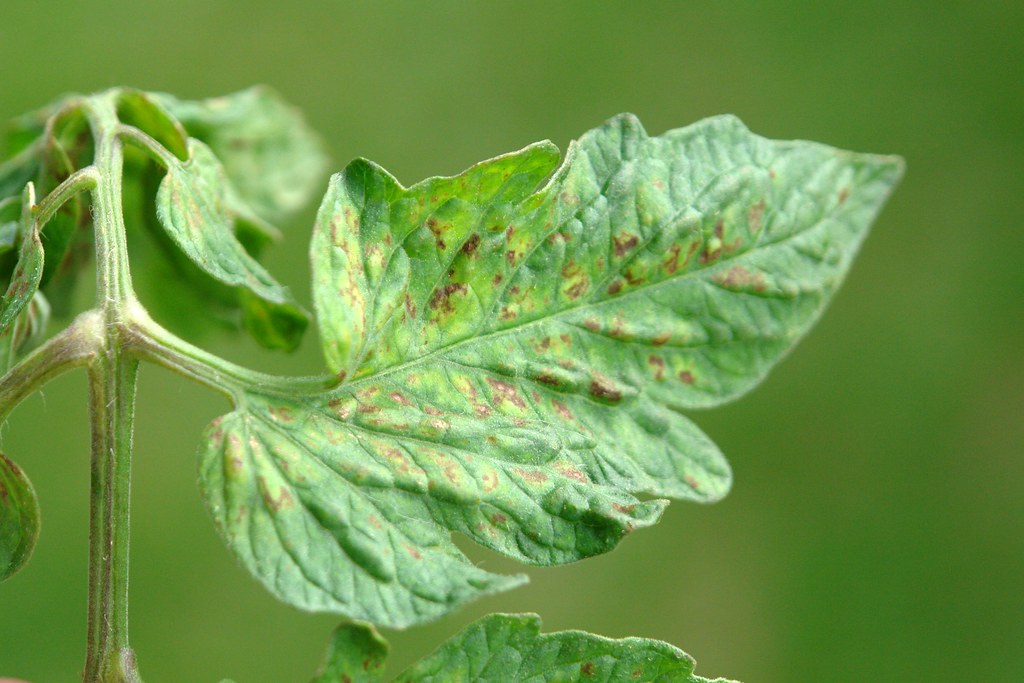
Hydroponic-specific issues (nutrient deficiency, pH imbalances)
Nutrient deficiencies often manifest as discolored or malformed leaves. pH imbalances can lock out certain nutrients, hampering plant growth. Regular monitoring and adjusting of nutrient solution and pH can help prevent these issues.
Suggested solutions and preventive measures
- Preventive Care: Maintain optimal environmental conditions, monitor plants regularly, and practice good hygiene.
- Disease and Pest Control: Use organic pesticides and fungicides if necessary. Implement biological control methods such as beneficial insects.
- Nutrient Management: Regularly monitor and adjust the nutrient solution and pH.
Hydroponic Tomato Farming Sustainability
Hydroponics is considered a sustainable farming method. Here’s why:
Environmental impact of hydroponic farming
Hydroponic farming has a lower environmental footprint than traditional farming. It uses less water, requires no soil, and can be done in controlled environments, reducing the need for pesticides and herbicides.
Water and nutrient recycling in hydroponics
Hydroponic systems often reuse water and nutrients, further reducing their environmental impact. The closed system design means that there is minimal waste, unlike traditional farming.
Energy requirements and opportunities for renewables
While hydroponic systems do require electricity to run, there are opportunities to use renewable energy sources like solar or wind power to make the system even more sustainable.
By understanding these elements, you can not only enhance the productivity of your hydroponic system but also ensure its sustainability.
Conclusion
And that concludes our comprehensive guide to growing tomatoes in hydroponics. We’ve covered everything from the basics of hydroponics, why tomatoes are a fantastic choice for this method, how to set up your own system, the right conditions and nutrients for optimal growth, to how to care for your plants and handle any issues that may arise.
Hydroponic tomato farming, with its multitude of advantages, is indeed a sustainable and profitable venture, as evident from numerous success stories. We hope this guide inspires you to embark on your hydroponic journey, whether it’s a commercial venture or a small setup in your backyard.
Remember, success in hydroponic cultivation, like any other form of farming, is a combination of knowledge, keen observation, timely interventions, and, of course, a bit of a green thumb. So go ahead, apply what you’ve learned, experiment, learn from your mistakes, and soon you’ll be reaping the fruits of your labor – quite literally!
Happy Farming!
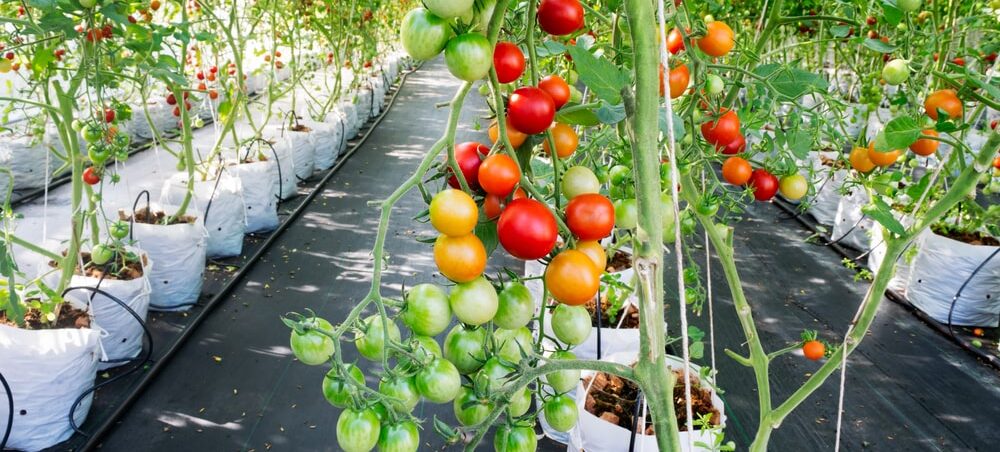
Frequently Asked Questions
In addition to the detailed guide above, we’ve compiled a list of frequently asked questions about hydroponic tomato farming that you may find helpful.
How much does it cost to start a hydroponic tomato farm?
The cost of starting a hydroponic tomato farm can vary greatly depending on the size of your setup, the type of hydroponic system you choose, and the equipment you need. A small, home-based system can start from a few hundred dollars, while a commercial setup can run into thousands.
How long does it take for hydroponic tomatoes to grow?
The time from planting to harvest for hydroponic tomatoes is typically shorter than soil-grown tomatoes due to the optimized growth conditions. Most varieties will start producing ripe fruit in about 60 to 80 days from planting.
Can I grow other vegetables hydroponically along with tomatoes?
Yes, you certainly can. Many vegetables grow well in hydroponic systems, including lettuce, spinach, cucumbers, peppers, and herbs. However, make sure to group plants with similar nutrient and environmental requirements together.
Do hydroponic tomatoes taste as good as soil-grown ones?
While taste can be subjective, many growers and consumers report that hydroponic tomatoes can taste as good as, if not better than, soil-grown ones. The quality of taste largely depends on the variety of tomato and the balance of nutrients provided.
Is organic hydroponic farming possible?
Absolutely! You can use organic nutrient solutions and pest control methods in your hydroponic system. However, bear in mind that managing an organic hydroponic system can be more challenging than a conventional one due to the complexity of organic nutrient solutions and the potential for system clogs.
Can hydroponic farming be done off-grid?
Yes, with the use of renewable energy sources like solar or wind power, and with careful planning and design, hydroponic farming can be done off-grid. It offers great potential for producing food in remote locations where conventional farming is not feasible.
We hope these answers add to your understanding and readiness to start hydroponic tomato farming. If you have more questions, don’t hesitate to reach out. Happy growing!
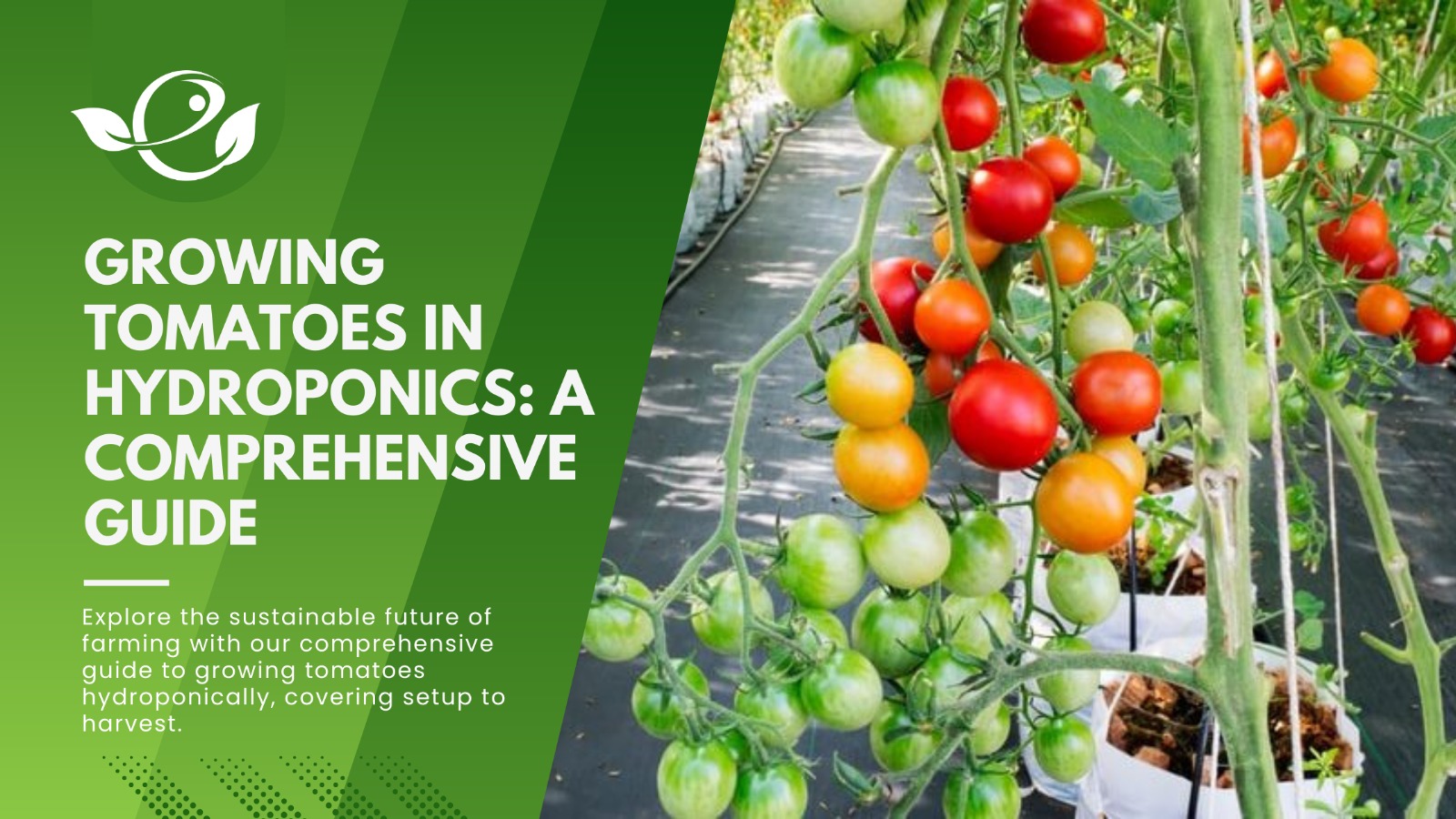
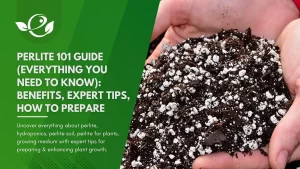

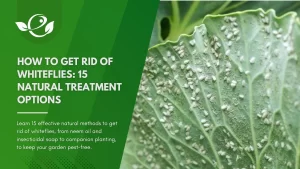


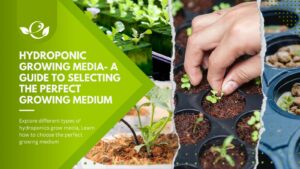


This Post Has One Comment
Check out https://southernprintsusa.etsy.com for digital art, digital art art, digital art digital art, digital wall art, southern art, southern wall art, southern artwork, southern folk art